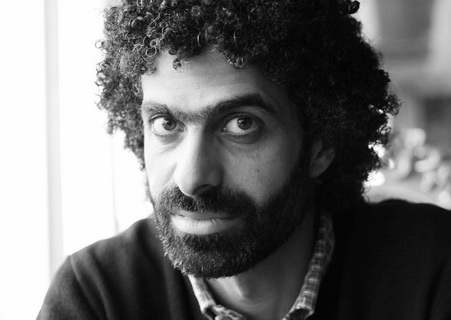“Every strong country needs a strong enemy,” an important saying that the veteran politician and former US secretary of state Henry Kissinger mentioned more than once in his writings.
This is the reality of the conflict in the Ukraine crisis. It is not a conflict between Washington and Moscow over Kyiv’s attempt to join NATO, but rather an American attempt to preserve what remains of the unipolar system that Washington inherited in the wake of the collapse of the Berlin Wall at the end of the eighties of the last century. This system is currently collapsing with the entry of China and its potential alliance with Russia and India, with Japan in the background.
Previously, Russian President Vladimir Putin openly offered Russia joining NATO to the US administration under Barack Obama, but of course, the latter refused this request.
Putin is fully aware that if Russia joins the alliance, there will be no justification for the conflict between East and West, and the fears of the European Union (EU) and the US will end with any Russian attempts to expand to the West. This is simply because it will be part of this system and subject to its laws, but the American side has a different point of view.
The American side is well aware of the dangers of this accession, which will put an end forever to US hegemony over the West. More than this, it will reproduce a global system without a real enemy that the US can use to develop its military exports, on which it depends on improving its economy and ensuring the dominance of the dollar on the global currency market.
A follower of American cinema in Hollywood can simply see how many feature films, documentaries, and military films aim to demonise the Russians, whether at the state and political level or the level of individuals, people, and businessmen, who appear in only one image, namely the Russian mafia that trades in everything from drugs, arms trade, illegal immigration, and white slavery to the sale of nuclear weapons.
It is not possible in any way to monitor the size of the arms industry’s income in the American economy. The only known figures are of giant companies in other industries like Apple and Microsoft, and their contributions are certainly huge; however, it is almost impossible to find a real number specifying the contribution of military industries to development within the US.
In any case, we can identify indicators of this contribution through what was stated in the annual report of the Stockholm International Peace Research Institute (SIPRI) for the year 2020, which confirmed that global military spending reached the highest level in 2019 in four decades, mainly supported by the United States and China, while Russia did not even secure a place in the top five list of countries increasing their military spending.
The report considered that the US is the largest spender on arms in the world, with a value of more than 700 billion dollars, with an increase from the previous year by more than 5%. The SIPRI said that the US’ share of total global military spending amounted to 39% in 2020, noting that it spent nearly the total of what the following eight countries on the list spent combined.
However, US spending is still about one-fifth less than its highest level, which was in 2010. In other words, only official arms industry deals, according to some military press reports, bring the US annually about $3 trillion. This is certainly an approximate number, but it is huge and horrific, and in all cases, it exceeds the budget of medium-sized countries.
The US, therefore, seeks through the Ukraine crisis to maintain a strong enemy to keep the risk of being attacked by this enemy as a reason for the continuation of the arms industry and trade, considering that the arms trade is the only one capable of developing the American economy to provide new patterns of prosperity for the American people in the face of global economies such as China and Europe, which are also striving to achieve the same goal.
The issue then is one of survival and continuity of sovereignty and leadership, regardless of the obstacles and whatever the sacrifices… This is the reality of the conflict.
Hatem Sadek: Professor at Helwan University



